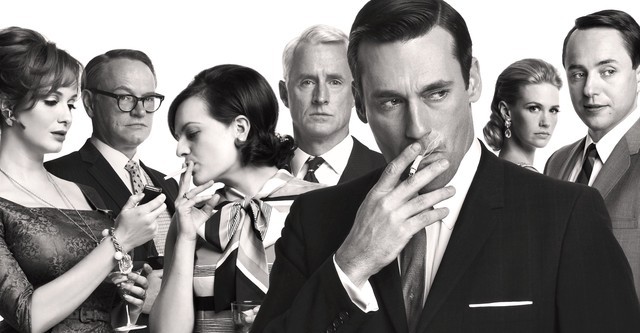Recently, I started watching Mad Men, the AMC drama focused on the lives of men and women in and around the advertising industry in the 1960's.
While the dramatic story lines that make up the bulk of the show haven't resonated with me, I have found myself enthralled with the scenes that include the creative process.
As a show that has been recognized for it's historical accuracy and contextualization of the advertising process, the realization has struck me that while so much has changed in the advertising world in the last 10-15 years, so many fundamental aspects of the creative and advertising process have remained the same - even over a span of 50 years.
There are two scenes in particular that speak to this.
The first is a scene in which a client with a retail store owner is presented with detailed research on her primary competitors. The conclusions that are made from the research and presented by the agency to the client end up being things that, for the most part, the client already does, which leads her to challenge the group of men around the table that they were so focused on her competitors that they failed to visit her store. It's a good lesson and one that is foundational to why ad agencies even exist. Part of our job (if done well) is to help you look in at yourself. Of course, reviews of your market and competitors are important, but we have to look inwards as well.
The second scene is one in which Don Draper (Creative Director at the fictional agency in the show) is presenting a campaign concept to it's client, Bethlehem Steel Company. He's pitching the idea that cities are made of steel with tone boards that have the artwork already drawn up to help the client envision the campaign. The boards say things like: "Chicago, brought to you by Bethlehem Steel" and "Philadelphia, brought to you by Bethlehem Steel". The client then does what many clients do and starts to poke holes. His one-two punch is the questions: "They're kinda plain, aren't they?" and "These feel like ads for cities." Can you see the holes in these challenges? Both are simply a matter of the artwork. It's the execution that the client is challenging, not the concept. While the artwork was intended to help the client envision the campaign, it's actually caused him to balk at it. The lesson here is that you can't judge a concept by the resulting artwork. The catch-22 is that often, it's hard to envision the concept without the artwork…welcome to our world :)
A couple of weeks ago, I wrote a post called Options Galore, in which, I talked a bit about our response to what can seem like an ever-growing and potentially concerning increase in mediums that organizations can and need to use to communicate with their audience(s).
Mad Men has reminded me that in spite of all those changes, some very important things will always stay the same and will always need to be kept central.





